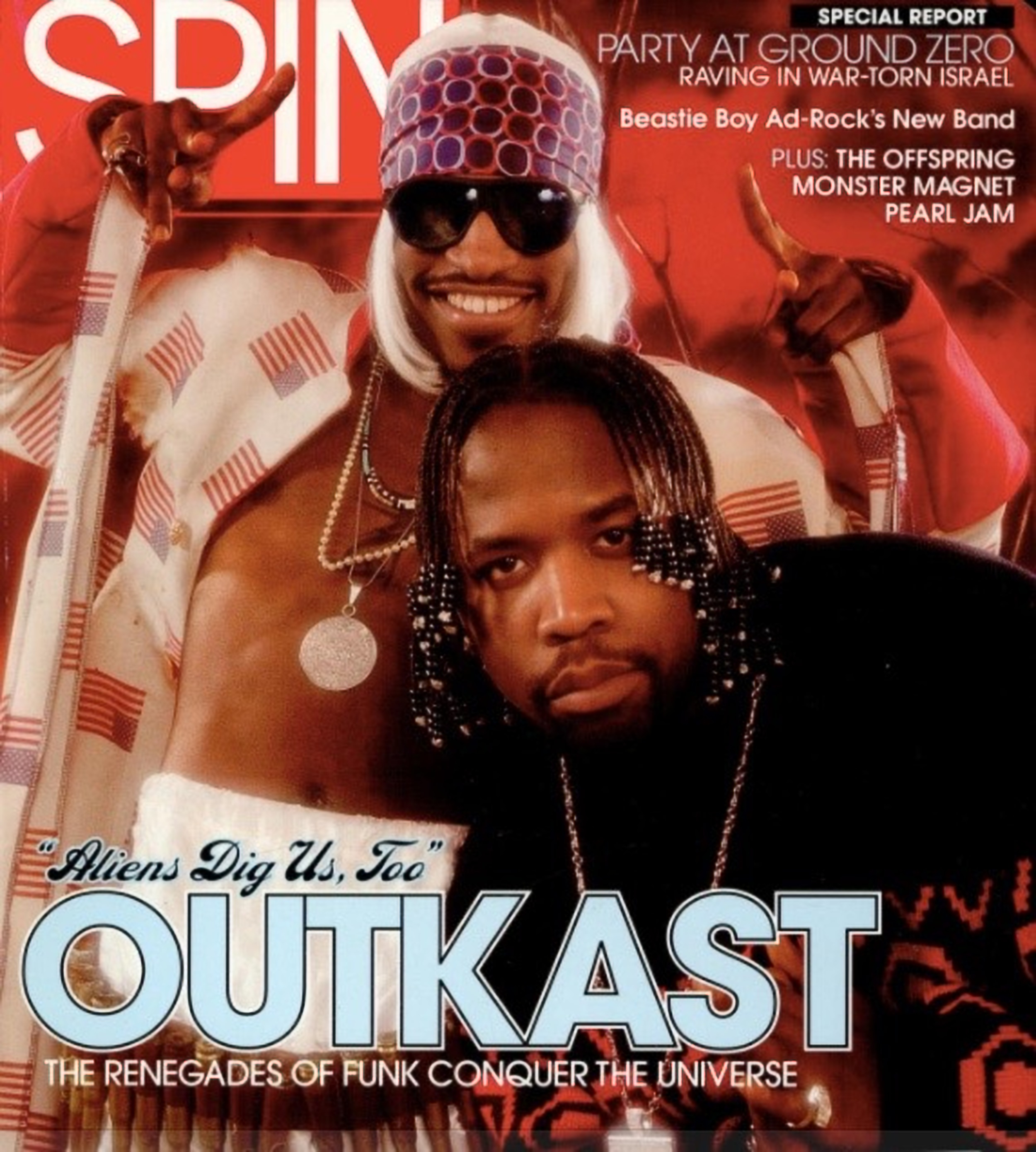
This was people music, not product music. What's more, they didn't spend the whole album telling you that you needed to buy stuff. It is on OutKast's debut album that the fledgling production team Organized Noize began forging one of the most distinctive production sounds in popular music in the '90s: part hip-hop part live, Southern-fried guitar licks and booty-thick bass runs and part lazy, early-'70s soul. It would all be pretty sickin a good way if it wasn’t pretty sickin a bad way. She’s dressed in a bad ass leather rock star jacket and she’s seen with a lit lighter in her hand. Like all the best albums, it projected a complete world, one you could take part in just by pressing play. An adorable blonde Taylor Momsen mini-me graces the cover artwork for the album, and in true Taylor fashion, the child isn’t being very child-like. They seemed to be having a great time and the enjoyment seeped out of the record, into my car, and bounced around the windows. Sure, there are samples, but it's mostly real musicians playing guitars and horns, or in the case of the charmingly named South Central Chamber Orchestra, strings and woodwind.Īs well as André and Big Boi, there were guest spots from Sleepy Brown, Cee Lo Green (before he started making annoying records) and one my favourite singers of all time, Erykah Badu, whose Baduizm could easily have taken the spot as my favourite album. The references to 70s funk and soul weren't just in the deep, colour-saturated funk underpinning the whole album: the record sampled Curtis Mayfield and Sly Stone, and George Clinton appeared on the weirdest moment of the record, a raw and woozy track named Synthesizer. Idlewild, a Prohibition-era musical film set to a blues-influenced hip-hop soundtrack, was released on Augby Universal Pictures.The Idlewild soundtrack was released August 22, 2006. OutKast wore their musical connections easily, and sometimes literally. 20052006: Idlewild Members also began working on a joint film, Idlewild, directed by Outkast music video director Bryan Barber. Or more probably, a massive bounce in its booty. This was groove music with a massive bounce in its step.

This wasn't posing music or macho brutalism. It also contains a charmingly skewed description of the boy-meets-girl moment in which the lady in question appears "like a brown stallion horse with skates on". It's a song about falling out of nightclubs, falling in love and stepping up to parenthood, themes that resonated with me. I used to drive around south London, singing along to Rosa Parks and my favourite track on the album, SpottieOttieDopaliscious. Now, strange and brilliant rap could also come from Atlanta, Georgia. It proved that the old push and pull between the east and west coast of American hip-hop was over.

I consider it a high point of 90s hip-hop – a period with many rap peaks – bridging from the boom bap of the early part of the decade and providing a new blueprint for rap's next 10 years.

A quemini was the album that turned me into a raving OutKast fan, a position consolidated by subsequent albums Stankonia and Speakerboxxx/The Love Below.


 0 kommentar(er)
0 kommentar(er)
